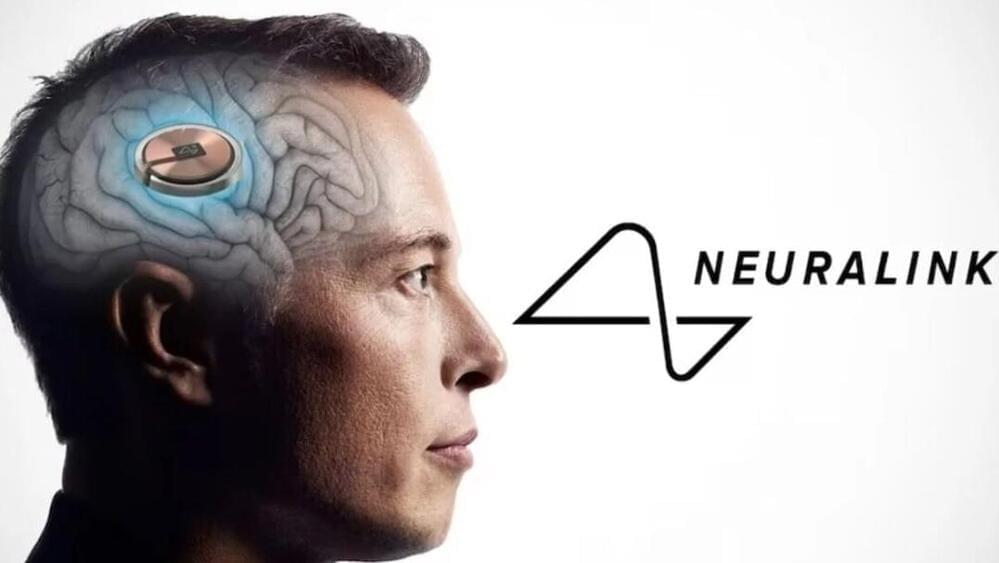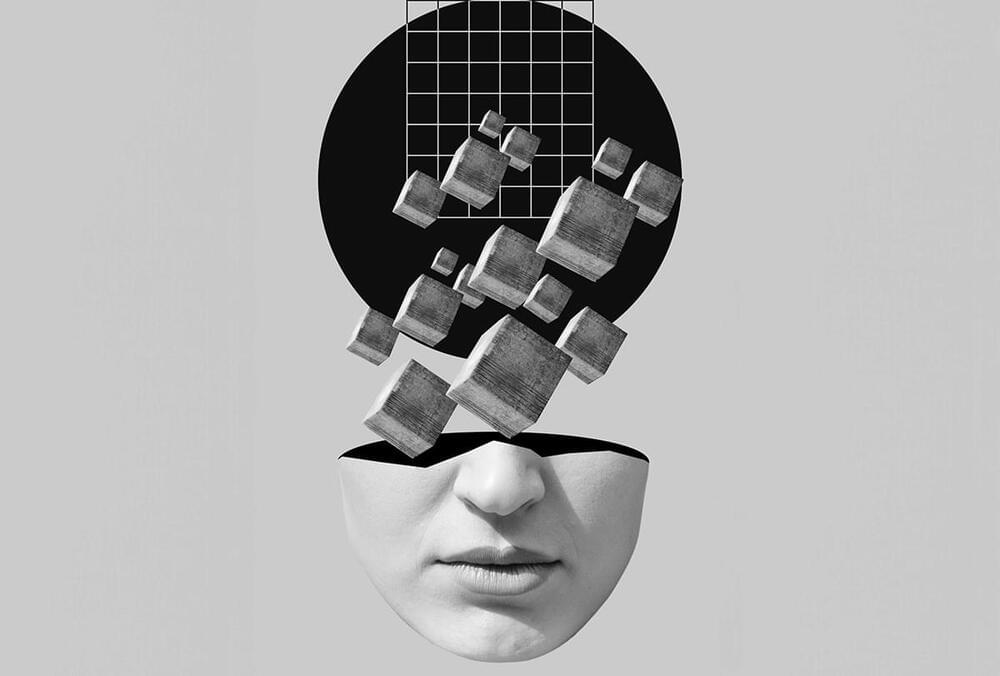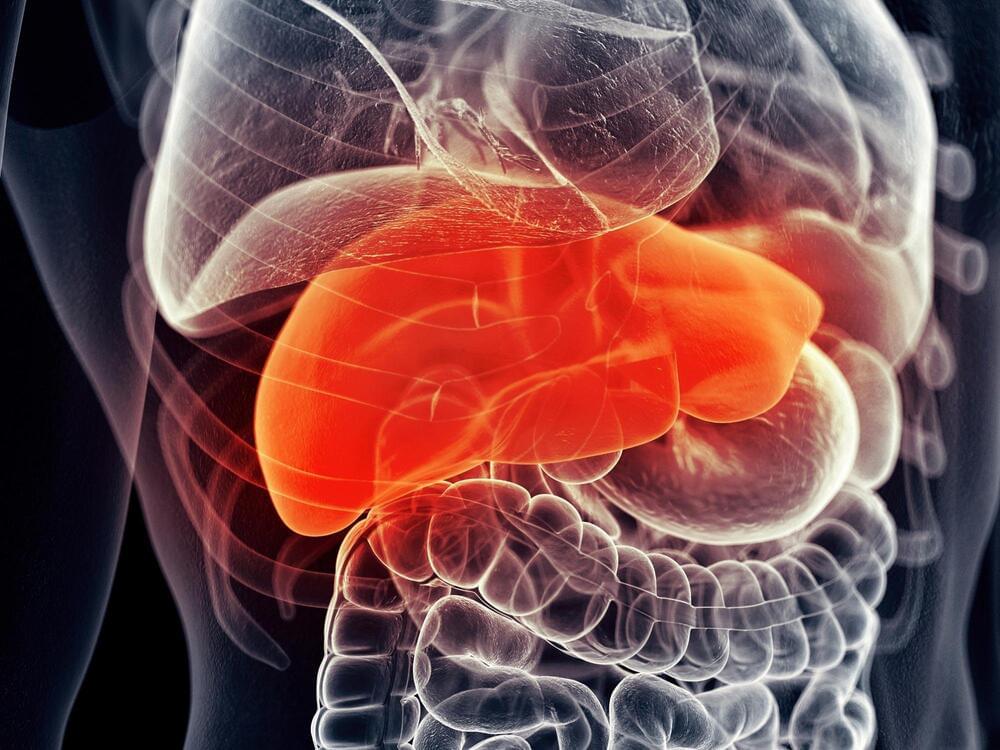EngineAI’s latest video leaves viewers in awe as the SE01 humanoid robot demonstrates a walk so natural, it was first mistaken for CGI.
Get the latest international news and world events from around the world.


Exosomes: 82 Year Old Longevity Biohacker Kenneth Scott’s Experience
Join us on Patreon! https://www.patreon.com/MichaelLustgartenPhD
Discount Links/Affiliates:
Blood testing (where I get the majority of my labs): https://www.ultalabtests.com/partners/michaellustgarten.
At-Home Metabolomics: https://www.iollo.com?ref=michael-lustgarten.
Use Code: CONQUERAGING At Checkout.
Clearly Filtered Water Filter: https://get.aspr.app/SHoPY
Epigenetic, Telomere Testing: https://trudiagnostic.com/?irclickid=U-s3Ii2r7xyIU-LSYLyQdQ6…M0&irgwc=1
Use Code: CONQUERAGING
NAD+ Quantification: https://www.jinfiniti.com/intracellular-nad-test/



Scientists succeed in trapping molecules to perform quantum operations for the first time
Molecules haven’t been used in quantum computing, even though they have the potential to make the ultra-high-speed experimental technology even faster. Their rich internal structures were seen as too complicated, too delicate, too unpredictable to manage, so smaller particles have been used.
But a team of Harvard scientists has succeeded for the first time in trapping molecules to perform quantum operations. This feat was accomplished by using ultra-cold polar molecules as qubits, or the fundamental units of information that power the technology. The findings, recently published in the journal Nature, open new realms of possibility for harnessing the complexity of molecular structures for future applications.
“As a field we have been trying to do this for 20 years,” said senior co-author Kang-Kuen Ni, Theodore William Richards Professor of Chemistry and professor of physics. “And we’ve finally been able to do it.”


Scientists Discover Readily-Available Dietary Supplement Could Help Treat Liver Cancer
“ tabindex=”0” acid UDCA can regulate tumor growth in mice with liver cancer. This discovery suggests that UDCA dietary supplements could offer a fast and effective way to improve outcomes for liver cancer patients.
Immunotherapy is an advanced cancer treatment that harnesses a patient’s immune system to target and destroy tumors. It has significantly improved outcomes for various cancers, including those of the lung, kidney, and bladder. However, its effectiveness against liver cancer has been notably limited—a concerning issue given that liver cancer rates have nearly tripled over the past 40 years.
The Brachistochrone Problem
Presenting the history of the brachistochrone problem, its role in the discovery and development of the Calculus of Variations and demonstrating how to solve the brachistochrone problem using the method of the Calculus of Variations.
Download notes for THIS video HERE: https://bit.ly/3sKXUGA
Download notes for my other videos: https://bit.ly/37OH9lX